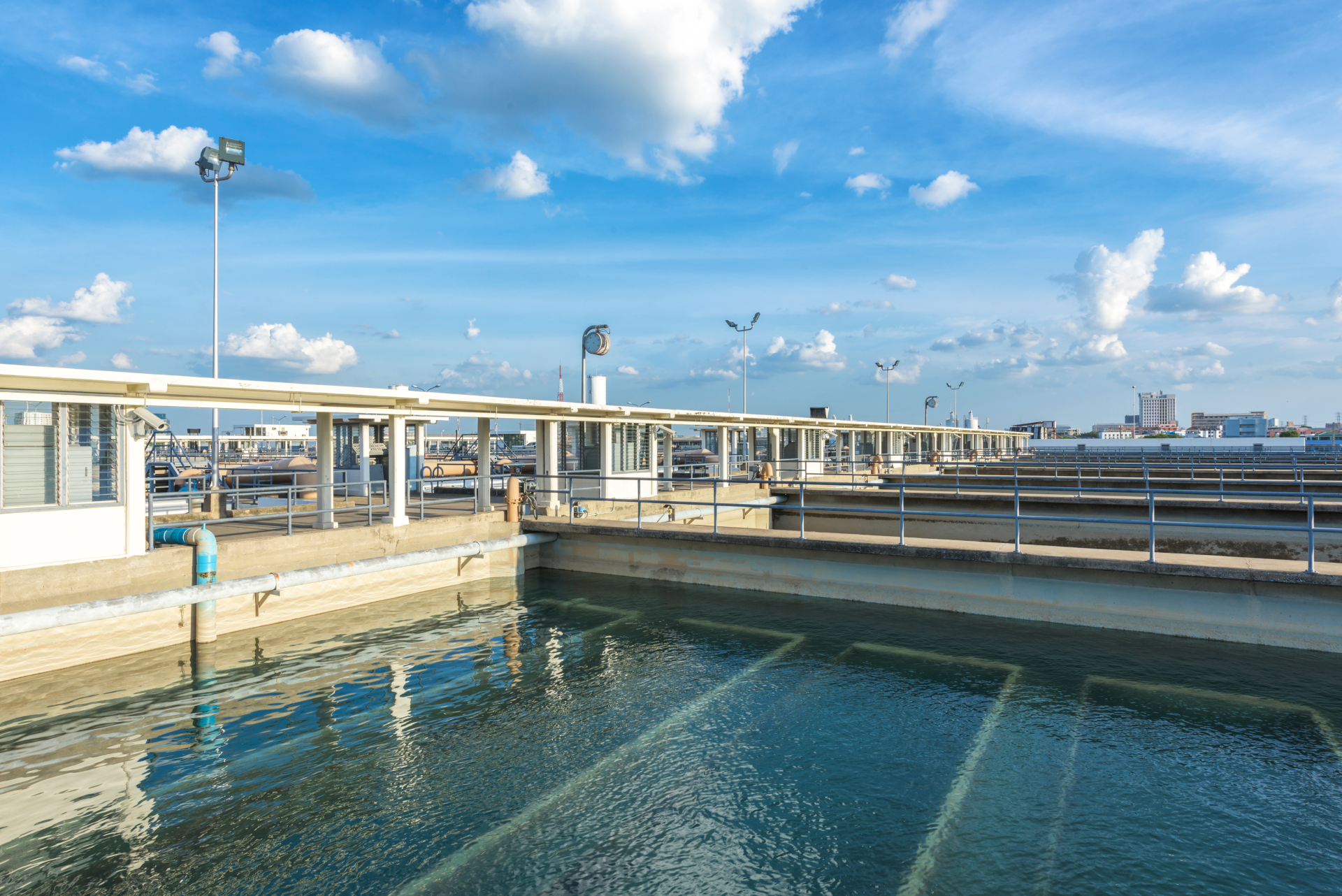Zeolite has many pores, making it exponentially more efficient in its filtration performance. Clinoptilolite zeolite, in particular, has a high amount of pores, which means it can capture a higher capacity of foreign particles.
Its high cation exchange capacity can replace positive ions in the water, such as dissolved metals, sodium, or ammonia, and replace it with something else already attached to the media’s ion-exchange sites. With its high pore density, zeolite can do so more efficiently and at higher concentrations.
As per Water Conditioning & Purification International, zeolite’s use in water purification potential applies to the following applications and industries.
General applications and industries served
Water treatment
• Removal of turbidity particles to three to five micron
• Removal of heavy metal cations, certain hydrocarbons and other contaminants
• Can be used as a direct replacement media for sand filtration system with 2.8x sediment loading capacity
Wastewater treatment/pollution control
• Wastewater ammonia removal in municipal/industrial wastewater
Radioactive water treatment
• Nuclear cooling and waste treatment of cesium and strontium and site remediation/decontamination
Aquaculture/fishing industry: fish-hatchery water treatment
• Ammonia control
• Biofiltration media
Agriculture
• Animal waste treatment/odour control
• Water clarification and disinfection
• Decreases ammonia levels in ponds and water tanks
• Reclamation of used media for soil fertilizer
Horticulture (plant nurseries/greenhouses)
• Turbidity reduction
• Water clarifier/physical nitration barrier for bacteria control
• Reclamation/revegetation (you can use used media as potting soil for plants, etc.)
Most importantly, zeolite’s adsorption properties can effectively treat drinking water systems, supplying the population with cleaner, safer drinking water.


